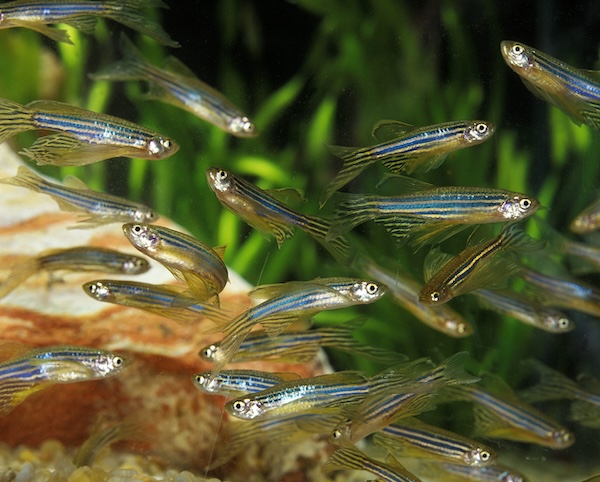Introduction: The unseen brain beneath our feet
For centuries, intelligence has been viewed as an exclusive trait of humans and higher-order animals. However, recent discoveries are challenging this notion, revealing that intelligence may exist in unexpected places—such as fungal mycelium networks. These intricate underground structures, often likened to the internet of nature, demonstrate decision-making abilities, adaptability, and even memory-like behavior. Could fungi be operating with a form of cognition? Scientists are now investigating the surprising ways fungal networks process information and respond to their environment, offering a glimpse into nature’s hidden intelligence.
The fascinating world of mycelium networks

Fungi exist primarily as sprawling mycelium networks—vast, underground filaments that connect trees, plants, and even other fungi. While the fruiting bodies of fungi (mushrooms) are the most visible part of the organism, the real magic happens beneath the surface. These networks facilitate nutrient exchange between plants, heal damaged ecosystems, and exhibit behaviors that seem to reflect learning and memory.
Communication and decision-making in fungi
One of the most intriguing aspects of fungal intelligence is their ability to make decisions. Mycelium networks can detect, assess, and respond to environmental stimuli such as temperature, light, and chemical signals. Experiments have shown that when a fungal network encounters an obstacle, it will “decide” whether to bypass or penetrate it, optimizing its growth strategy based on external conditions.
Researchers have also observed that fungi use electrical signals—akin to a nervous system—to transmit information across their networks. This discovery suggests that fungi are not merely reacting to their environment but are engaged in a complex form of communication, sharing insights that could benefit the entire network.
Learning and memory in fungal networks
Traditional views of memory are centered on brain-based organisms, but studies indicate that fungi can retain and utilize information from past experiences. In one experiment, researchers placed fungal colonies in mazes with different nutrient sources. Over time, the fungi “learned” to navigate toward the most beneficial food source, even when obstacles were introduced. This form of memory allows fungi to optimize their resource acquisition, demonstrating a fundamental cognitive ability.
Mycelium as nature’s underground internet
The vast connectivity of fungal networks has led scientists to compare them to the internet. Dubbed the “Wood Wide Web,” these networks enable plants to exchange nutrients and warning signals, allowing forests to function as interdependent ecosystems rather than isolated individuals. Just as humans use the internet to share knowledge and coordinate actions, fungi use mycelial networks to sustain biodiversity and ensure mutual survival.
How mycelium challenges our understanding of intelligence
The notion of intelligence has long been tied to centralized brains, but fungal cognition challenges this view. Unlike humans or animals, fungi operate through decentralized intelligence, meaning their “thought processes” are distributed throughout their entire network. This form of collective intelligence raises profound questions: Can intelligence exist without a brain? How do fungi process information in ways that resemble problem-solving? By studying fungi, scientists are expanding the boundaries of cognitive science, redefining what it means to be an intelligent organism.
The broader implications: What fungal intelligence means for science and technology
Understanding fungal intelligence has far-reaching implications. In medicine, fungi-inspired algorithms are being explored to improve network efficiency in technology and computing. Mycelium-based materials are being developed for sustainable construction, bio-packaging, and even fungal computers that could revolutionize information processing.
Additionally, studying fungal cognition may provide insights into extraterrestrial life. If intelligence can emerge in decentralized, non-neural systems, it broadens our search for intelligent life forms beyond Earth.
Conclusion: Rethinking the nature of intelligence
The discovery that fungi exhibit decision-making, learning, and communication challenges long-held assumptions about cognition. Fungal intelligence invites us to reconsider our definitions of consciousness and problem-solving, urging us to look beyond the human and animal worlds. As research continues to uncover the mysteries of mycelium, one thing is certain: the forest floor beneath our feet is alive with an intelligence we are only beginning to understand.
Key takeaways:
- Fungi exhibit behaviors akin to decision-making, learning, and memory.
- Mycelium networks act as nature’s underground communication system, similar to the internet.
- Decentralized intelligence in fungi challenges traditional views of cognition.
- Insights from fungal intelligence are influencing fields like medicine, technology, and sustainability.
The world of fungi is far more complex and intelligent than we ever imagined. As science delves deeper into their cognitive abilities, fungi may hold the key to unlocking new understandings of intelligence, communication, and life itself.




